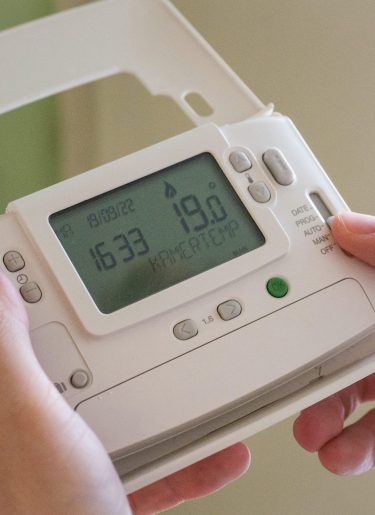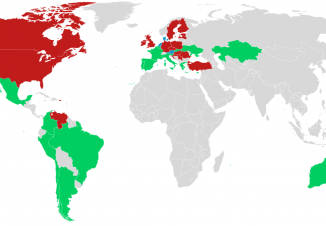
The Ontario Ministry of Labour, Immigration, Training and Skills Development (MLITSD) is proposing to introduce a new stand-alone Heat Stress Regulation under the Occupational Health and Safety Act (OHSA), with specific requirements which would apply to all workplaces to which the OHSA currently applies.
Commenting on employers’ current, general OHSA duty to take every precaution reasonable in the circumstances for the protection of a worker, the Ministry’s proposal states its position that this duty includes protecting workers from ‘hazardous thermal conditions that may lead to heat-related illnesses’. The proposal is lengthy.
As a broad overview, a new Regulation being considered, which would seek to:
In addition to the proposal, the MLITSD has also provided consultation questions. These include whether your workplace potentially exposes workers to thermal conditions that may lead to a heat-related illness, what methods are used to monitor and assess worker exposure, what measures you think are most effective at protecting workers and how you think the MLITSD can best help employers to implement the proposed new requirements.
Many sources of information, including from several Ontario Safe Workplace Associations as well as the Canadian Centre for Occupational Health and Safety (CCOHS) provide comprehensive information and guidance to employers and others on best practices for management and prevention of heat stress. The CCOHS resource can be accessed here. We would note that no existing resource appears to include or focus on any means to measure whether a worker’s core body temperature exceeds a particular limit. Any employer wishing to comment on the complexities of this proposed new requirement ought to do so.
The full proposal can be found here.
The author acknowledges the assistance of Sabrina Sandhu in preparing this article.
To find out more about Occupational Health & Safety



